Forums
- Forums
- Duggy's Reference Hangar
- USAAF / USN Library
- Republic P-43 Lancer
Republic P-43 Lancer
Post a reply
- Go to Previous topic
- Go to Next topic
- Go to Welcome
- Go to Introduce Yourself
- Go to General Discussion
- Go to Screenshots, Images and Videos
- Go to Off topic
- Go to Works in Progress
- Go to Skinning Tips / Tutorials
- Go to Skin Requests
- Go to IJAAF Library
- Go to Luftwaffe Library
- Go to RAF Library
- Go to USAAF / USN Library
- Go to Misc Library
- Go to The Ops Room
- Go to Made in Germany
- Go to Campaigns and Missions
- Go to Works in Progress
- Go to Juri's Air-Raid Shelter
- Go to Campaigns and Missions
- Go to Works in Progress
- Go to Skinpacks
- Go to External Projects Discussion
- Go to Books & Resources
-
11 years agoSun Dec 31 2023, 11:18amDuggy
 Main AdminText by Joe Baugher Thanks
Main AdminText by Joe Baugher Thanks
The Republic P-43 Lancer was a progressive development of the Seversky P-35. It can be regarded as an "intermediate" between the P-35 and the superlative P-47.
During 1938, the Seversky Aircraft Corporation initiated work on two developments of the P-35. One was the AP-2, a conversion of an existing P-35 airframe with a Pratt and Whitney R-1830-19 radial containing an integral, medium altitude supercharger. The other was the AP-4, with a similar engine but with a turbosupercharger mounted in the rear fuselage aft of the cockpit. The airframes of the AP-2 and AP-4 were almost identical to each other, and both featured inward-retracting main undercarriage members.
The AP-2 was eventually delivered to the USAAC as the XP-41. It was unsuccessful in attracting any production orders. Initially, the AP-4 featured a close-fitting engine cowling and an inordinately large propeller spinner in an attempt to reduce drag. However, this arrangement caused cooling problems and a more orthodox radial cowling was fitted at an early stage. Initially, the AP-4 looked a lot like its P-35 predecessor--the cockpit was raised quite high and there was a large area of transparency behind the pilot.
On March 12, 1939, thirteen service test models of the AP-4 were ordered by the Army under the designation YP-43. Serial numbers were 39-704/716. The YP-43 differed from the original AP-4 in several respects. The cockpit was lowered in an attempt to reduce drag, the rear fuselage upper decking was raised, and the transparent area behind the cockpit greatly reduced. The tailwheel leg was made longer. The air intake for the turbosupercharger was moved from the port wing root and was mounted underneath the engine inside the deeper, oval-shaped cowling. The two 0.5-inch machine guns in the engine cowling were supplemented by a pair of wing-mounted 0.3-inch machine guns. The Pratt and Whitney R-1830-35 engine was adopted, offering 1200 hp for takeoff and 1100 hp at 20,000 feet.


The first YP-43s were delivered to the Army in September 1940. By this time, Major de Seversky had been ousted as president of Seversky, and his company had changed its name to Republic Aviation Corporation. The last YP-43 was delivered by April 1941, the type being given the name *Lancer*. Maximum speed was 349 mph at 25,000 feet. Initial climb rate was 2850 feet per minute. Service ceiling was 38,000 feet, and range was 800 miles. Wingspan was 36 feet, length was 27 feet 11 inches, height was 14 feet, and wing area was 223 square feet Weights were 5656 pounds empty and 7300 pounds gross. Although the weight of the YP-43 was excessive, the turbosupercharger gave the new aircraft a considerable advantage in both speed and operational ceiling over the earlier P-35.
However, by 1941, the Lancer was already outdated by the rapid advances in air combat technology that had taken place in Europe. It suffered from poor maneuverability and climbing performance, and lacked such modern innovations as armor protection for the pilot and self-sealing fuel tanks. Consequently, the Army did not anticipate ordering any more P-43s beyond the initial service-test contract. In fact, on September 13, 1939, the Army had already ordered eighty examples of the more advanced AP-4J from Republic under the designation P-44. However, combat reports coming out of Europe in the spring of 1940 indicated that even the P-44 would not be up to the task, and Alexander Kartveli began to consider the successor which was eventually to emerge as the P-47 Thunderbolt. On September 13, 1940, all work on the P-44 was cancelled in favor of the P-47.
It would seem, therefore, that the P-43 would have a rather bleak future. However, since the R-2800 Double Wasps that were to power the P-47 would not be available for some time, the Army felt that Republic's Farmingdale production lines needed to be kept busy in the interim. Consequently, the P-43 was ordered into production as a stop-gap measure.
Fifty-four P-43 Lancers were ordered by the Army in late 1940. Serial numbers were 41-6668/6721. They were virtually identical to the YP-43. The engine was the turbosupercharged Pratt & Whitney R-1830-47, delivering 1200 hp. The first P-43 was delivered on May 16, 1941, the last example being delivered on August 28, 1941. Maximum speed was 349 mph at 25,000 feet. Initial climb rate was 2850 feet per minute. Service ceiling was 38,000 feet, and range was 800 miles. Wingspan was 36 feet, length was 28 feet 6 inches, height was 14 feet, and wing area was 223 square feet Weights were 5654 pounds empty and 7810 pounds gross. Maximum takeoff weight was 7935 pounds. Armament consisted of two 0.50-inch and two 0.30-inch machine guns.
The P-43 was immediately followed by the P-43A, 80 examples of which were ordered. Serials were 40-2891/2970. Deliveries began in September of 1941. The P-43A was essentially the same as the earlier P-43, but differed in having the turbosupercharged R-1830-49 which afforded its full 1200 hp at 25,000 feet. Armament was increased to a full four 0.50-in machine guns, two in the fuselage and two in the wings. Deliveries began in September 1941. Maximum speed was 356 mph at 25,000 feet. An altitude of 15,000 feet could be reached in 6 minutes. Service ceiling was 36,000 feet, and range was 650 miles. Wingspan was 36 feet, length was 28 feet 6 inches, height was 14 feet, and wing area was 223 square feet Weights were 5996 pounds empty and 7435 pounds gross. Maximum takeoff weight was 8480 pounds.
In the USAAF, the P-43 went to the 1st Pursuit Group at Selfridge Field, Michigan, to the 55th Pursuit Group at Portland Field, and then to the 14th Pursuit Group at March Field, California. Their service life with these groups was quite brief, and they were quickly replaced by P-38 Lightnings as soon as they became available.
On June 30, 1941, 125 further examples were ordered with Lend-Lease funds for supply to the Chinese Air Force, although their primary purpose was still to keep the Farmingdale production lines occupied until the Thunderbolt could be ready. The Chinese Lend-Lease P-43s were designated P-43A-1. Serial numbers were 41-31448/31572. The P-43A-1 differed from the P-43A by having a Pratt and Whitney R-1830-57 engine with the same power. The four 0.50-inch machine guns were all concentrated in the wings. Some attempt was made to make the design more combat-worthy by adding such modern features as armor and self-sealing fuel tanks. Provision was made for the carrying of a 41.6 Imp. gall. drop tank, one 200-pound bomb, or six 20-pound bombs. maximum speed was 356 mph at 10,000 feet, service ceiling was 36,000 feet, and maximum ferry range was 1450 miles. Weights were 5996 pounds empty, 7435 pounds loaded, and 8480 pounds maximum. Wingspan was 36 feet 0 inches, length was 28 feet 6 inches, height was 14 feet 0 inches, and wing area was 223 square feet.
Production of the P-43A-1 was completed in March of 1942, and 108 of these aircraft were ultimately transferred to China. They saw a certain amount of action there, but they proved uniformly unequal to the task at hand. They were handicapped by poor maneuverability and inefficient self-sealing fuel tanks and achieved little success against the Japanese.
The USAAF always viewed the P-43 as only an interim type and considered it unfit for any combat role. None of the USAAF P-43s ever saw any action, being used strictly for advanced training in Stateside units. In 1942, most of the surviving USAAF P-43 and P-43A Lancers were converted as specialized photographic reconnaissance aircraft and redesignated P-43B. These were fitted with cameras in the rear fuselage. Most of these were used to train squadrons until Lockheed F-4s became available.
Conversions to P-43B standards also included those P-43A-1s which did not get sent to China. A total of 150 Lancers were eventually converted to P-43B standards.
Two other P-43As (serials 40-2894 and 40-2897) were modified as P-43C photographic reconnaissance aircraft, which were similar to the P-43B but with different photographic fixtures. Yet another set of modifications of existing P-43s (serials 41-6685, 41-6687, 41-6692, 41-6695, 41-6707, 41-6718) took place to produce the P-43D photographic version, which differed only in minor details from the P-43C.
The designation P-43E was applied to a projected but unbuilt photo- reconnaissance version of the P-43A with different types of fixtures.
In August of 1942, six Lancers were withdrawn from USAAF stocks and transferred to the Royal Australian Air Force (RAAF). They served with No. 1 Photo Reconnaissance Unit, based at Coomlie, Northern Territory. The aircraft were two P-43Ds (A56-1 and -2) and four P-43A-1s (A56-3 to 6). Two more P-43Ds (A56-7 and A56-8) were delivered in November of 1942. A56-6 was damaged beyond repair in a landing accident, and A57-7 went missing on April 28, 1943 on a flight from Wagga Wagga in central New South Wales (the wreckage was not found until 1958). The remaining six were returned to the USAAF 5th Air Force at Charters Towers in 1943. I don't think that the RAAF Lancers ever saw any combat.
In October 1942, surviving P-43s were redesignated RP-43, the R standing for "restricted from combat use".
Top speed: 573 km/h
Range: 1,046 km
Wingspan: 11 m
Weight: 2,713 kg
Length: 8.69 m
Cruise speed: 451 km/h
Engine type: Pratt & Whitney R-1830 Twin Wasp



BELOW Cockpit & Compartments
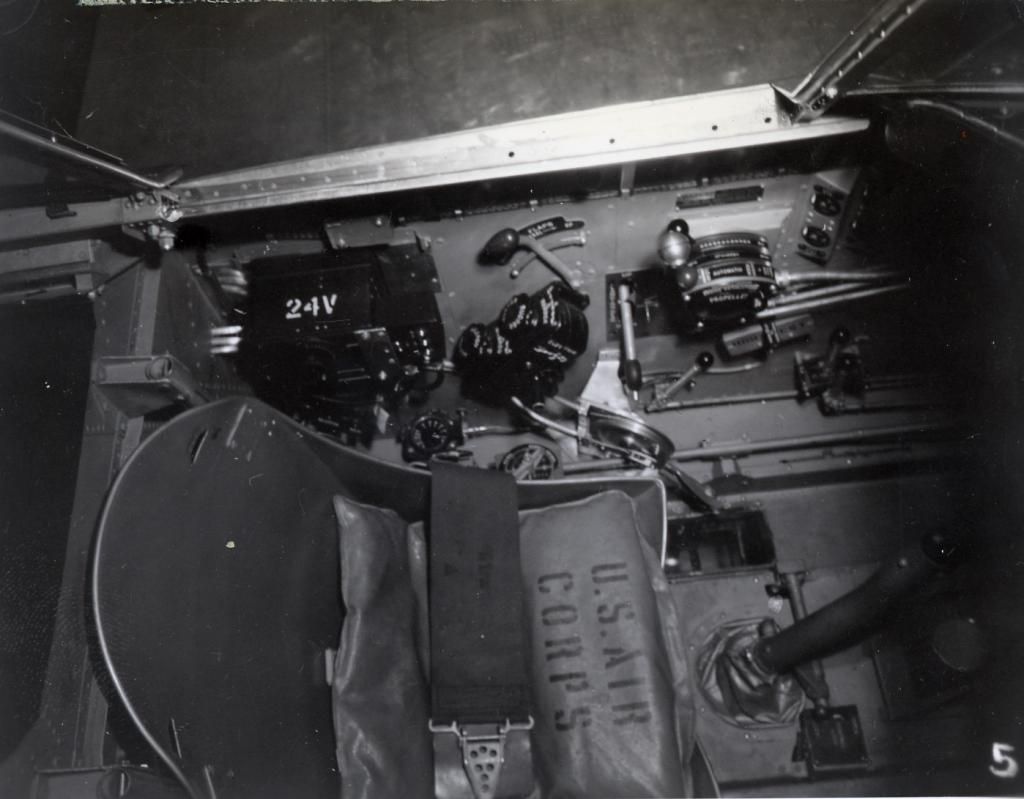


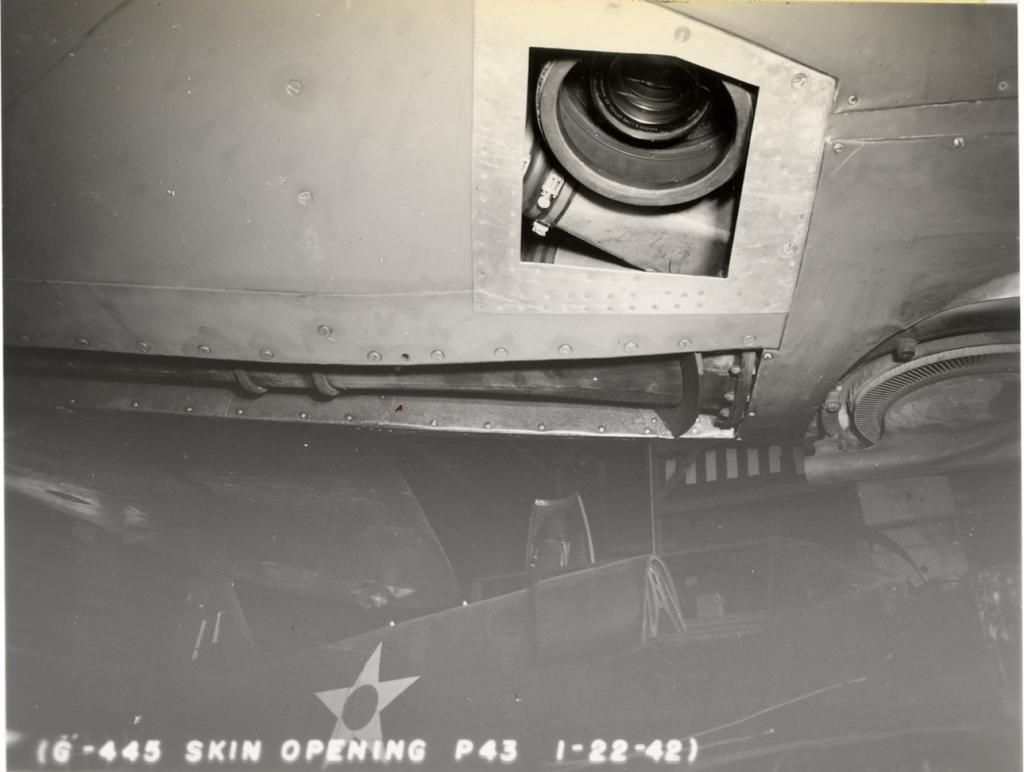









Below US-Army







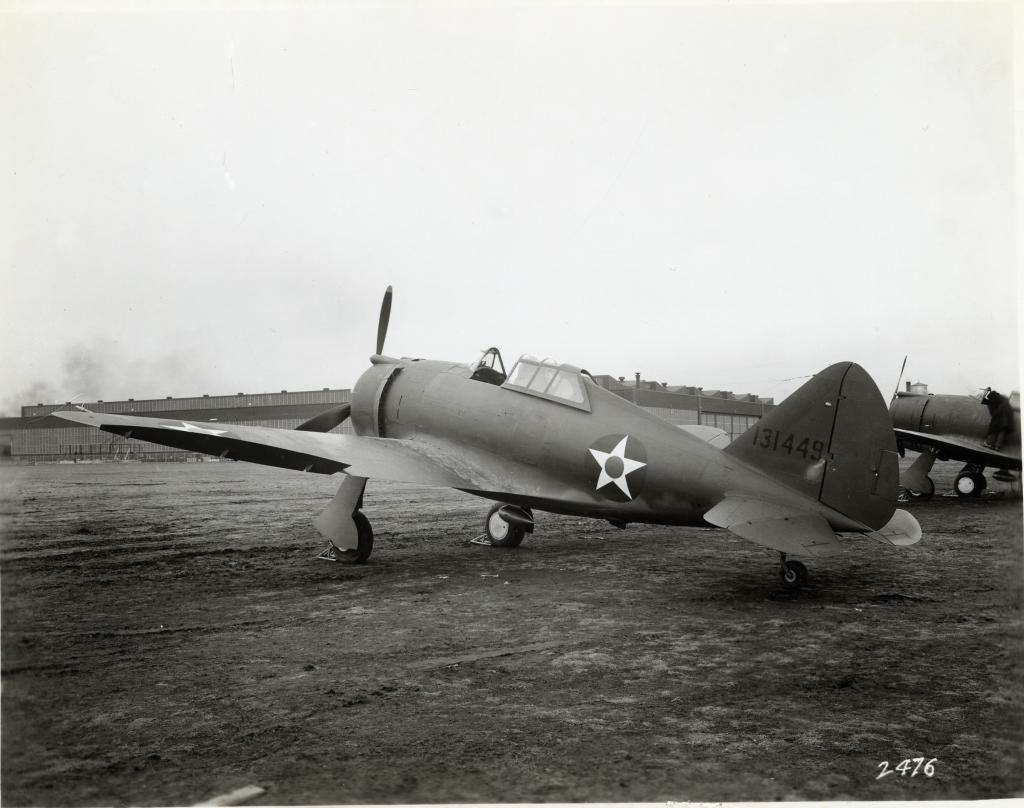


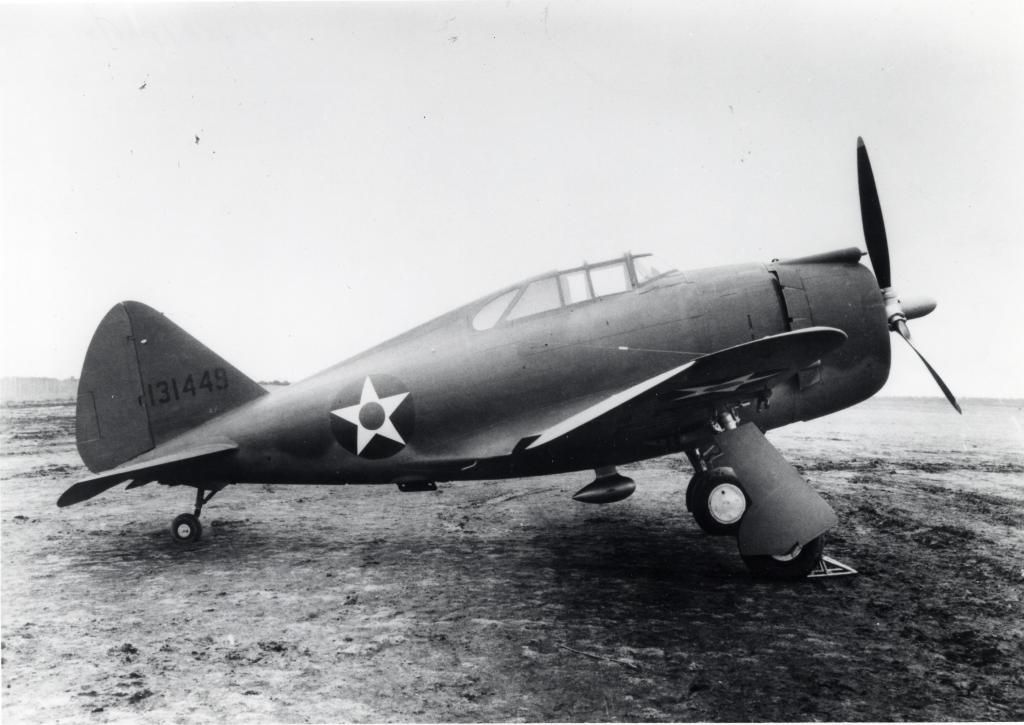



Below China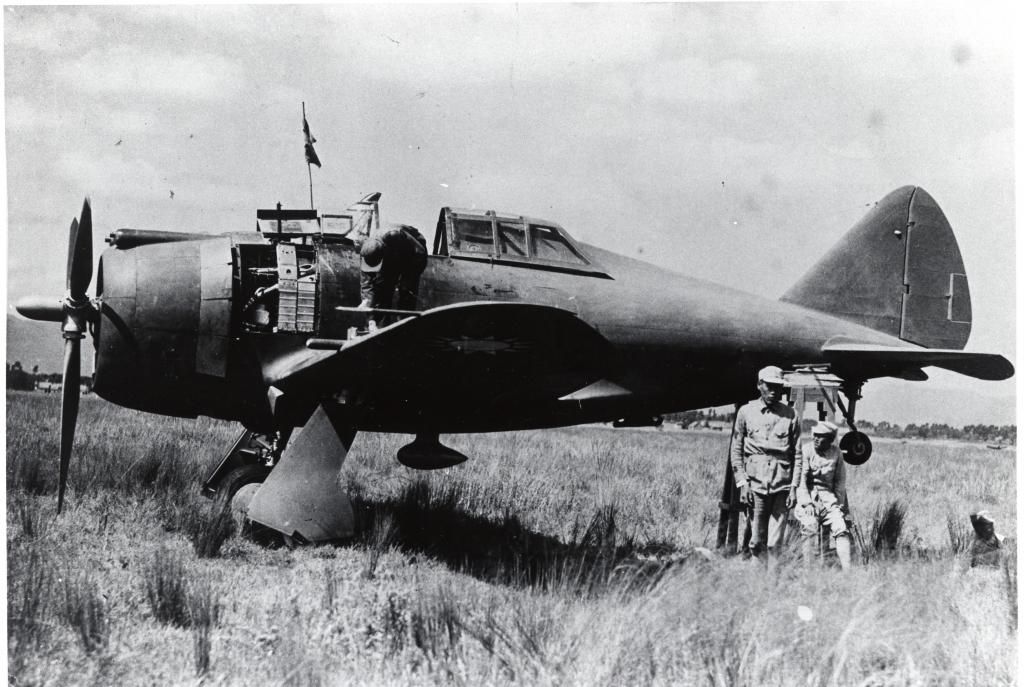







Below Australia
Below Colour





Regards Duggy
Post a reply
- Go to Previous topic
- Go to Next topic
- Go to Welcome
- Go to Introduce Yourself
- Go to General Discussion
- Go to Screenshots, Images and Videos
- Go to Off topic
- Go to Works in Progress
- Go to Skinning Tips / Tutorials
- Go to Skin Requests
- Go to IJAAF Library
- Go to Luftwaffe Library
- Go to RAF Library
- Go to USAAF / USN Library
- Go to Misc Library
- Go to The Ops Room
- Go to Made in Germany
- Go to Campaigns and Missions
- Go to Works in Progress
- Go to Juri's Air-Raid Shelter
- Go to Campaigns and Missions
- Go to Works in Progress
- Go to Skinpacks
- Go to External Projects Discussion
- Go to Books & Resources
